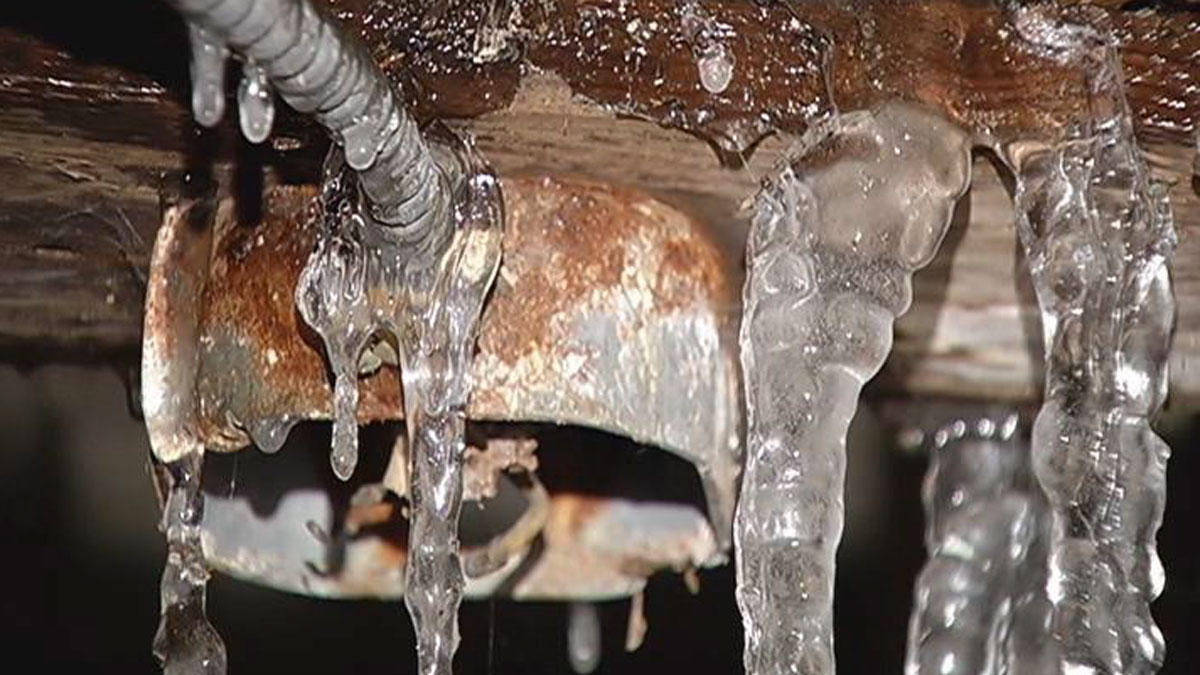Protecting Your Pipes from Cold Weather: Effective Strategies
Protecting Your Pipes from Cold Weather: Effective Strategies
Blog Article
We've come across the article relating to How To Avoid Freezing Pipes listed below on the web and think it made sense to write about it with you in this article.

Cold weather can wreak havoc on your plumbing, particularly by freezing pipelines. Here's just how to avoid it from occurring and what to do if it does.
Intro
As temperatures drop, the threat of icy pipelines rises, potentially causing costly repair work and water damages. Comprehending how to prevent frozen pipes is crucial for property owners in chilly climates.
Comprehending Icy Pipes
What causes pipelines to freeze?
Pipes freeze when subjected to temperature levels below 32 ° F (0 ° C) for extended durations. As water inside the pipelines freezes, it increases, putting pressure on the pipe walls and possibly causing them to break.
Risks and problems
Frozen pipes can bring about water supply interruptions, residential property damage, and pricey repairs. Ruptured pipes can flooding homes and trigger substantial structural damages.
Signs of Frozen Pipeline
Recognizing icy pipelines early can avoid them from bursting.
Just how to identify icy pipelines
Look for lowered water circulation from taps, unusual odors or noises from pipelines, and visible frost on exposed pipes.
Prevention Tips
Protecting susceptible pipes
Wrap pipelines in insulation sleeves or use warmth tape to shield them from freezing temperature levels. Focus on pipes in unheated or outside areas of the home.
Heating methods
Keep interior rooms appropriately heated, specifically locations with plumbing. Open up closet doors to permit cozy air to flow around pipelines under sinks.
Securing Exterior Pipes
Yard hoses and outside faucets
Disconnect and drain pipes yard tubes before wintertime. Set up frost-proof spigots or cover outdoor faucets with insulated caps.
What to Do If Your Pipelines Freeze
Immediate actions to take
If you presume icy pipelines, maintain taps open up to ease pressure as the ice melts. Utilize a hairdryer or towels soaked in warm water to thaw pipelines slowly.
Long-Term Solutions
Structural modifications
Think about rerouting pipes far from outside walls or unheated locations. Include added insulation to attic rooms, cellars, and crawl spaces.
Upgrading insulation
Purchase high-grade insulation for pipelines, attic rooms, and walls. Correct insulation assists preserve constant temperatures and decreases the threat of frozen pipelines.
Final thought
Protecting against icy pipes calls for aggressive actions and quick actions. By recognizing the reasons, indicators, and preventive measures, property owners can safeguard their plumbing throughout winter.
5 Ways to Prevent Frozen Pipes
Drain Outdoor Faucets and Disconnect Hoses
First, close the shut-off valve that controls the flow of water in the pipe to your outdoor faucet. Then, head outside to disconnect and drain your hose and open the outdoor faucet to allow the water to completely drain out of the line. Turn off the faucet when done. Finally, head back to the shut-off valve and drain the remaining water inside the pipe into a bucket or container. Additionally, if you have a home irrigation system, you should consider hiring an expert to clear the system of water each year.
Insulate Pipes
One of the best and most cost-effective methods for preventing frozen water pipes is to wrap your pipes with insulation. This is especially important for areas in your home that aren’t exposed to heat, such as an attic. We suggest using foam sleeves, which can typically be found at your local hardware store.
Keep Heat Running at 65
Your pipes are located inside your walls, and the temperature there is much colder than the rest of the house. To prevent your pipes from freezing, The Insurance Information Institute suggests that you keep your home heated to at least 65 degrees, even when traveling. You may want to invest in smart devices that can keep an eye on the temperature in your home while you’re away.
Leave Water Dripping
Moving water — even a small trickle — can prevent ice from forming inside your pipes. When freezing temps are imminent, start a drip of water from all faucets that serve exposed pipes. Leaving a few faucets running will also help relieve pressure inside the pipes and help prevent a rupture if the water inside freezes.
Open Cupboard Doors
Warm your kitchen and bathroom pipes by opening cupboards and vanities. You should also leave your interior doors ajar to help warm air circulate evenly throughout your home.

Do you appreciate reading up on How to Prevent Your Pipes From Freezing? Place feedback directly below. We would be delighted to hear your opinions about this blog posting. We are looking forward to see you back again before long. Sharing is good. You never know, you could be helping someone out. We thank you for your readership.
At This Website Report this page